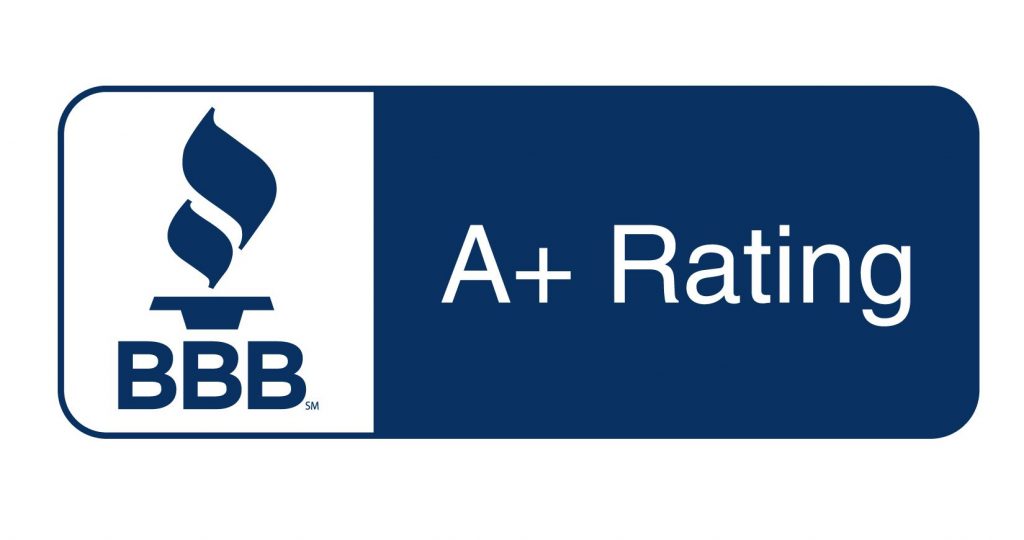Planning for Medicare may not sound all that exciting, but it’s an important part of your retirement process and not exactly something you can avoid forever. If you start early and take a few steps to get prepared, it may not be as bad as you think. Today, we’re going to guide you through the basic things you need to know and do to get ready for Medicare.
The Parts of Medicare
First things first. Let’s talk about the parts of Medicare. There are three main parts of Medicare, as well as a fourth optional part.
Part A is your hospital or inpatient insurance. It helps pay for your care when you are an inpatient at a hospital or skilled nursing facility. Most beneficiaries are eligible for premium-free Part A, but there are still deductibles and copays tied to the benefits.
Part B is your medical or outpatient insurance. It helps cover things like visits to your doctor, lab tests, radiographs, durable medical equipment, preventive services, and more. There is a standard monthly premium for Part B, which nearly everyone has to pay. In addition, there is an annual deductible and 20% coinsurance costs.
Part C is more often referred to as Medicare Advantage. This is the optional part of Medicare we mentioned earlier. If you enroll in Part C, instead of having your inpatient and outpatient coverage from Parts A and B, those benefits will be wrapped into a Part C plan that is provided by a private insurance company. Premiums and cost-sharing amounts depend on which Part C plan you choose. There is a lot to know about Part C, so be sure to be well-educated before you decide to enroll.
Lastly, Medicare Part D. Part D includes all prescription drug plans. Like Part C, these are offered by private insurance companies. You can enroll in a stand-alone Part D plan, or one may be included in your Medicare Advantage plan. Premiums and cost-sharing amounts vary by plan.
Two Options for Medicare Coverage
Medicare beneficiaries go one of two ways when they enroll in Medicare. One option is Medicare Advantage. Many people see this as a convenient solution because all your coverage is wrapped into one plan. It also offers benefits you won’t find in Parts A and B. However, like anything else, there is a catch. Medicare Advantage plans require you to see certain providers. You’ll likely have a low monthly premium, but you’ll have copays anytime you need services. If you go this route, discuss the pros and cons with a trusted advisor.
The other option is to keep Parts A and B and enroll in a Medigap plan, also known as a Medicare Supplement plan. This option allows for greater flexibility because you can see any provider that accepts Medicare. It’s also more predictable because your out-of-pocket costs are outlined right away. For example, if you enroll in Medigap Plan G, the only expense you’ll have is the Part B deductible. This makes it much easier to budget and plan for your healthcare expenses during retirement.
If you choose this second option, you will need a separate Part D plan, and you may choose to enroll in other supplemental coverage. Talk with your advisor about any gaps in your insurance policies to make sure you’re prepared.
Medicare Enrollment Timeline
Your Medicare enrollment timeline is very important. Missing a deadline may mean you end up without coverage and could even cause you to pay late enrollment penalties. We advise our clients to start this process early to make sure they’re on track to get everything done on time.
Let’s walk through some important steps you should take starting six months before your 65th birthday.

Six Months Before Your Birthday
Start by calling the Social Security office to verify your Medicare eligibility. You’ll want to make sure you have enough work credits to receive premium-free Part A. You’ll also need to start deciding if you’d like to enroll in Medigap or Medicare Advantage. Work with a Medicare advisor to consider all the pros and cons of each option.
Four Months Before Your Birthday
It’s time to make your final decision on which plans you want to enroll with. For example, if you decided to enroll in Medigap Plan G, compare plans across multiple carriers and choose one with competitive rates and good financial ratings.
Be sure to have a list of your medications, as you’ll need to compare prescription coverage for your Part D or Medicare Advantage plans. Also, after you’ve made your decision, you should start considering any additional policies you may want, like dental, long-term care, or cancer insurance.
Three Months Before Your Birthday
It’s time to apply for Medicare! You can start your Medicare enrollment three full months before your 65th birthday. This is known as your Initial Enrollment Period or IEP. For example, if your birthday is on April 15, you can start enrolling on January 1.
One Month Before Your Birthday
The hard part is over! At this point, you just need to make sure you have all your new Medicare ID cards. You can start giving out your new information to your doctor and pharmacist, which will ensure you have a smooth transition from your current coverage to Medicare.
Get Medicare Help with Carolina Senior Benefits
You don’t have to do all this alone. It helps to have a seasoned Medicare advisor on your side, especially a local one who understands the plans in your area. If you need help enrolling in Medicare for the first time or just want to review your plans, call Carolina Senior Benefits today!





